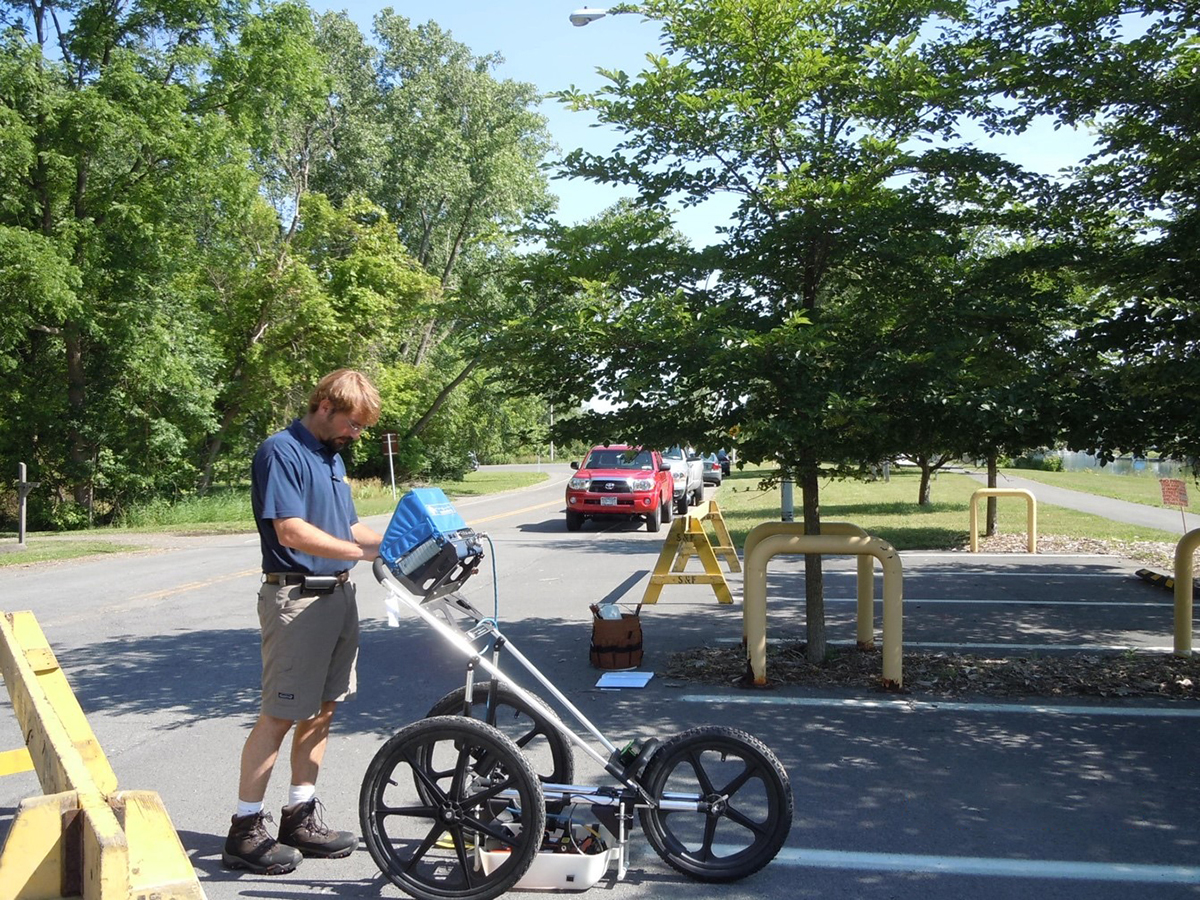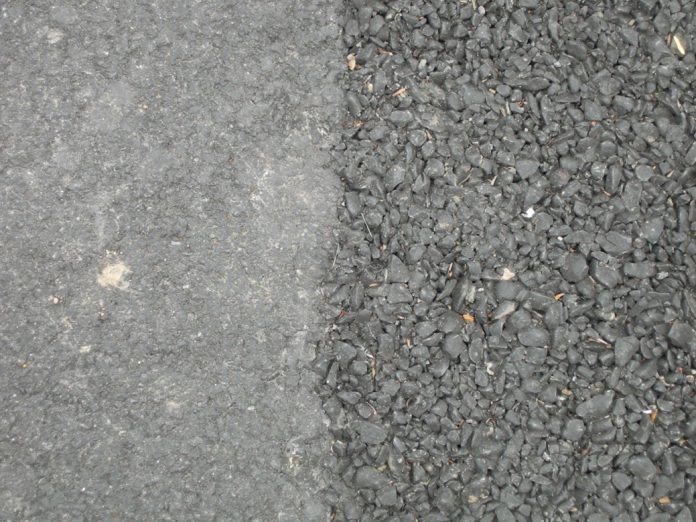Dr Nina Bassuk, Professor at the Urban Horticulture Institute, School of Integrative Plant Science explores seeing roots underground when it comes to research into trees in the urban environment
Scientists who study trees in the urban environment have a great challenge when it comes to measuring and ‘seeing’ root growth underground. In the past, if roots were studied at all, cores were pushed into the ground and then extracted provided a somewhat random sub-sample of root growth. In another instance, clear tubes called mini rhizotrons were used to visualise tree roots by placing the tubes in the soil and lowering a camera into the tube to take a picture of roots that grew near the tube. This was also a hit or miss sample of roots that may or may not have intersected with the clear tube. Still another tool, an air excavation probe, has more recently been used to uncover the roots system of a tree without damaging the root system. While effective, this process is very time consuming depending on the soil type and tree size. None of these techniques can locate and measure roots under the pavement.
The use of Ground Penetrating Radar (GPR) is a relatively new technique to study roots. GPR is an established non-invasive (i.e., non-destructive) inspection method that has been used worldwide for more than thirty years to locate subsurface objects such as pipes, utilities, and other engineering and environmental targets.
One of the main worldwide uses of GPR is in concrete inspection, where the integrity of the structurally supporting reinforcement is examined along with the integrity of the concrete matrix itself. Although this technology has a long history of use in archaeology and engineering to locate antiquities and utilities, the practice of using it to map roots in urban soils, which can be compacted, layered and discontinuous, is comparatively new.
GPR measurement as a method of mapping tree roots has several advantages over other methods:
1) It is capable of scanning root systems of large trees under field conditions in a relatively short time;
2) It is completely non-invasive and does not disturb the soils or damage the trees examined;
3) Being non-invasive, it allows repeated measurements that reveal long-term root system development;
4) It allows observation of root distribution beneath hard surfaces (e.g., concrete, asphalt, bricks, pavers, roads, buildings) and;
5) Its accuracy is sufficient to detect structural roots with diameters as small as 1 cm.

GPR inspection employs electromagnetic waves, which will deflect, or refract from a boundary between objects with different electro-magnetic properties. The electromagnetic material property that creates the contrast and causes reflections is the dielectric, which is a dimensionless quantity relating to the materials behaviour when subjected to an electric field. The larger the difference between the dielectrics of two different materials, the larger the radar wave.
For example, the dielectric of water is 81 and that of an average soil is approximately 13, producing a “dielectric contrast” of 6.2:1 (81/13), which is large and will cause most of the radar wave energy to be reflected back to the surface antenna. Root detection is possible in principle because of the water content within the woody root provides an excellent contrast with the soil media.
Before this technology can be used to its fullest, ‘ground truth’ studies needed to explore the limits and resolution of GPR as a tool or locating tree roots on development sites and under the pavement. This ‘ground truth’ comparison between predicted GPR and actual visualisation of the root zone was undertaken in 2011, resulting in a high degree of agreement between methods. With increasing confidence, we decided to measure tree root growth under porous and non-porous asphalt.
In 2005, a 12-car parking lot was designed and constructed in partnership with the City of Ithaca, NY, USA. This new 45-metre x 6-metre parking lot was divided in half, with the southern half of the lot paved with 8 cm of porous asphalt while the northern half used an 8 cm layer of the medium-duty traditional impervious asphalt surface. Prior to paving, the entire lot was excavated to a depth of 0.6 metres and CU-Structural Soil® (structural soil) was added and compacted to the required density to support the pavement and cars. Structural Soil is a highly porous medium that can support the pavement while still allowing roots to grow within it.
In 2012, 2015 and 2016, root growth of the trees under porous and non-porous asphalt was measured using Ground Penetrating Radar. Twelve GPR scans were performed on the trees growing under porous and non-porous asphalt. Each scan covered 30 cm wide by 6 metres long by 75 cm deep. Root density was measured at three depth layers and expressed as roots per linear foot. Root growth was found to be much denser and deeper in the soil under the porous asphalt presumably because of greater access to water. Additionally, tree growth above the porous asphalt was also improved.
This gave us confidence to conclude that the growth we were measuring above ground corresponded to greater root growth and water uptake below ground. Moreover, the use of Ground Penetrating Radar has added a very useful tool to the scientists’ toolbox when trying to understand urban tree growth in the inner city.
Please note: this is a commercial profile
Dr Nina Bassuk
Professor
Urban Horticulture Institute,
School of Integrative Plant Science
Cornell University, New York, USA
Tel: +1 607 255 4586












I wanted to find out about Nilmpura roots